Advantages of transfers through roller chains
The roller chain transmission requires little maintenance and has a lot of advantages such as:
-Transmission of a wide range of power higher than 1100 Kw in multiple chains.
-Performance up to 98%
-Transmission of large distances independently of the relay of transmission.
-Transmissions without displacement ensuring the accuracy of the sync.
-Transmitting movement to several pins at the same time, without displacements.
-Relation of transmission maximum 8:1; in extreme cases up to 10:1.
-Product life time of 15,000 hours of work provided the working and lubrication conditions are adequate.
Rules, technical advice and controls
-The pins of the wheels in a transmission must be absolutely horizontal and parallel, as the life time of the chain depends on it.
-The angle of contact of the small wheel must have at least 120°.
-The deflection of the return section shall not be greater than 2%.
– In transmissions with a small tooth number and a free return section vibration occur that drastically reduce the product life of the chain.
– In the transit of the new chain the admissible longitudinal difference in a section of 49 transits and without lubrication must not exceed 0.15% s/standard DIN 8187 and in ANSI standard B-29-1 it is 0.13%.
-The elongation due to wear of an old chain should not be more than 3%.
– Never install a new chain on worn sprockets.
– For high speeds it is recommendable to install sprockets of a minimum of 19 or 21 teeth and with heat treatment of the teeth; and the maximum number of teeth in the wheel should not exceed 150.
-The pressure on the surface of the joint should not exceed 30 N m/m2 and the joint should be adequately lubricated.
Finally, it is recommended to choose the best lubrication possible for the installation, as this will largely determine or guarantee the product life of 15,000 hours.
Selection of one transmission per chain, required data.
– Power of transmission.
– RPM speed of driveshaft and driven shaft n1 n2.
– Operating conditions (vibrations, etc.).
– Distance between shafts.
– Transmission ratio Z2/Z1
Choosing the chain transit
The selection tables (p 99 and 100) indicate the alternative sizes that can be used for the power transmission. Typically you will be able to choose between a simple chain with a bigger transit or a multiple chain of a minor transit.
If the simple chain serves you well, the transmission will be more economical. However, if you have space and high speed limitations, use roller chains of small transits, double, triple, etc. that allow for smaller wheels, produce less noise and work more smoothly.
|
MACHINE CHARACTERISTICS |
fy |
WORKING CONDITIONS |
TRANSMISSION RATIO |
NUMBER OF SPROCKET TEETH 13 15 17 19 21 23 25 |
||||||
|
Conveyor belt. Centrifugal pumps, Generators, Fans. Bottling Machinery, Packaging Machinery. All regular packaging machinery. |
1 |
1.1 2.1 3.1 5.1 |
*1,85 1,64 1,52 1,40 |
1,59 1,41 1,30 1,20 |
1,39 1,23 1,14 1,05 |
1,22 1,08 1,00 0,92 |
1,10 0,88 0,90 0,83 |
0,99 0,88 0,81 0,75 |
0,91 0,80 0,74 0,68 |
|
|
Escalators. Spinning Machine. Machine tools. Compressors. Centrifugal pumps. Elevators. Continuous conveyors. |
2 |
1.1 2.1 3.1 5.1 |
*2,32 *2,05 1,90 1,75 |
1,98 1,76 1,63 1,50 |
1,74 1,55 1,43 1,31 |
1,53 1,35 1,25 1,15 |
1,38 1,22 1,13 1,04 |
1,24 1,10 1,02 0,93 |
1,13 1,02 0,93 0,85 |
|
|
Concrete mixers. Looms. Ball mills. Cereal mills. Conveyors with unequal load. Wood work machine. Propellers. Presses, Paper pulp mills, Roller conveyors. |
3 |
1.1 2.1 3.1 5.1 |
*2,79 *2,47 2,28 2,10 |
2,38 2,11 1,95 1,80 |
2,09 1,85 1,71 1,58 |
1,83 1,62 1,50 1,38 |
1,65 1,46 1,35 1,25 |
1,49 1,31 1,22 1,12 |
1,36 1,20 1,11 1,03 |
|
|
Endless conveyor belts. Rolling trains, Asphalt machine. Alternators. Machine for bricks, Meat industry. Cellulose Rectifiers. Draw bench. Alternative saws. |
4 |
1.1 2.1 3.1 5.1 |
*3,25 *2,87 *2,66 *2,45 |
*2,78 2,46 2,28 2,09 |
2,44 2,16 2,00 1,84 |
2,14 1,89 1,75 2,61 |
1,92 1,70 1,58 1,45 |
1,73 1,53 1,42 1,31 |
1,58 1,40 1,30 1,19 |
|
|
Excavators. Riveters. Plunger pumps. Dredges. Extruders. Hammer mill. Reversible transpor. All machines with strong and reversible load |
5 |
1.1 2.1 3.1 5.1 |
*3,71 *3,28 *3,04 *2,80 |
*3,17 *2,81 2,60 2,39 |
*2,78 2,46 2,28 2,10 |
2,44 2,16 2,00 1,84 |
2,20 1,95 1,80 1,66 |
1,98 1,75 1,62 1,49 |
1,81 1,60 1,48 1,36 |
|
* Transmissions with values marked with asterisk should be avoided as much as possible.
For combustion engines and other non-uniform drive groups the factor will rise by 0.5
Table selection factor L
Distance between pins
|
Number of transits |
20 |
30 |
40 |
50 |
60 |
80 |
|
Factor L1 |
1.15 |
1.06 |
1 |
0.95 |
0.91 |
0.84 |




